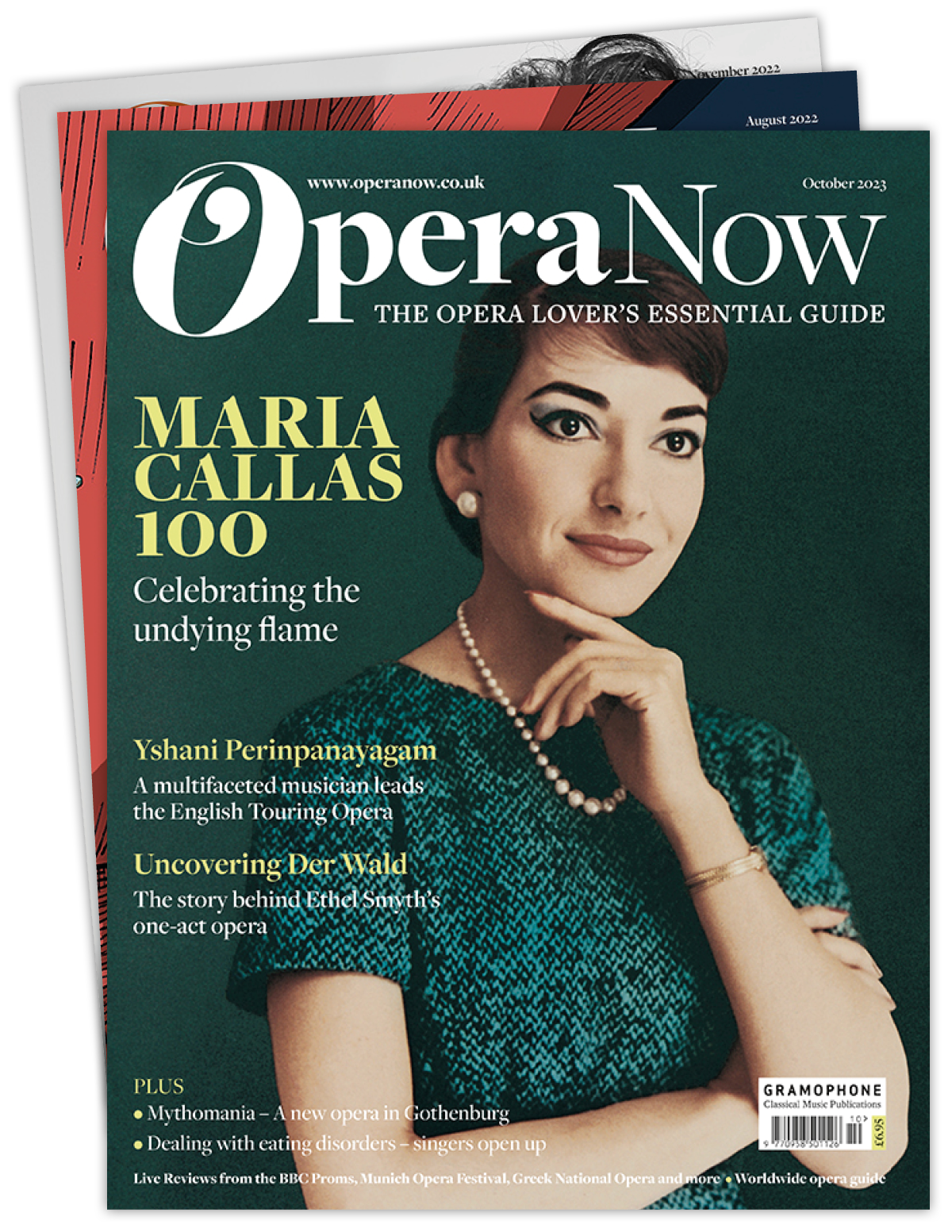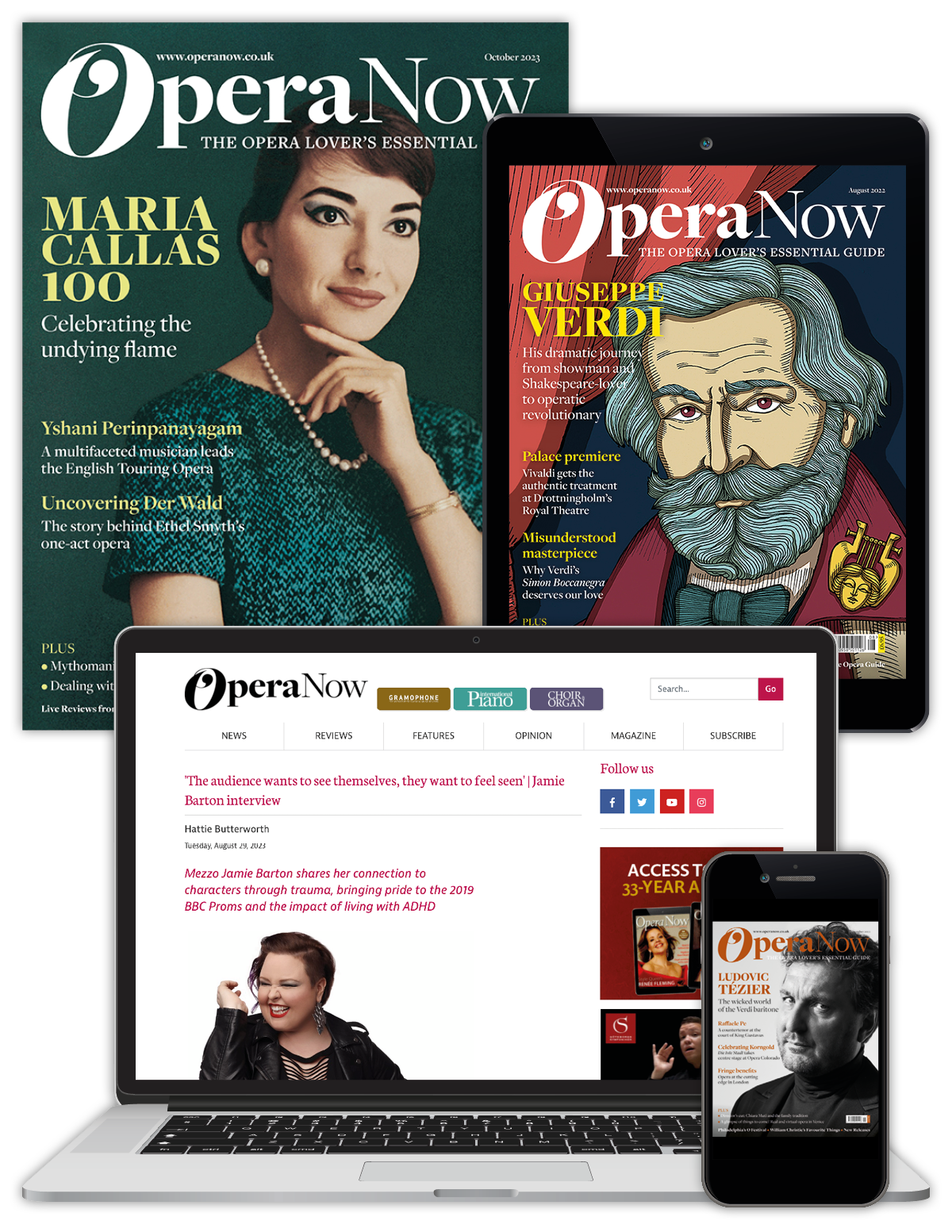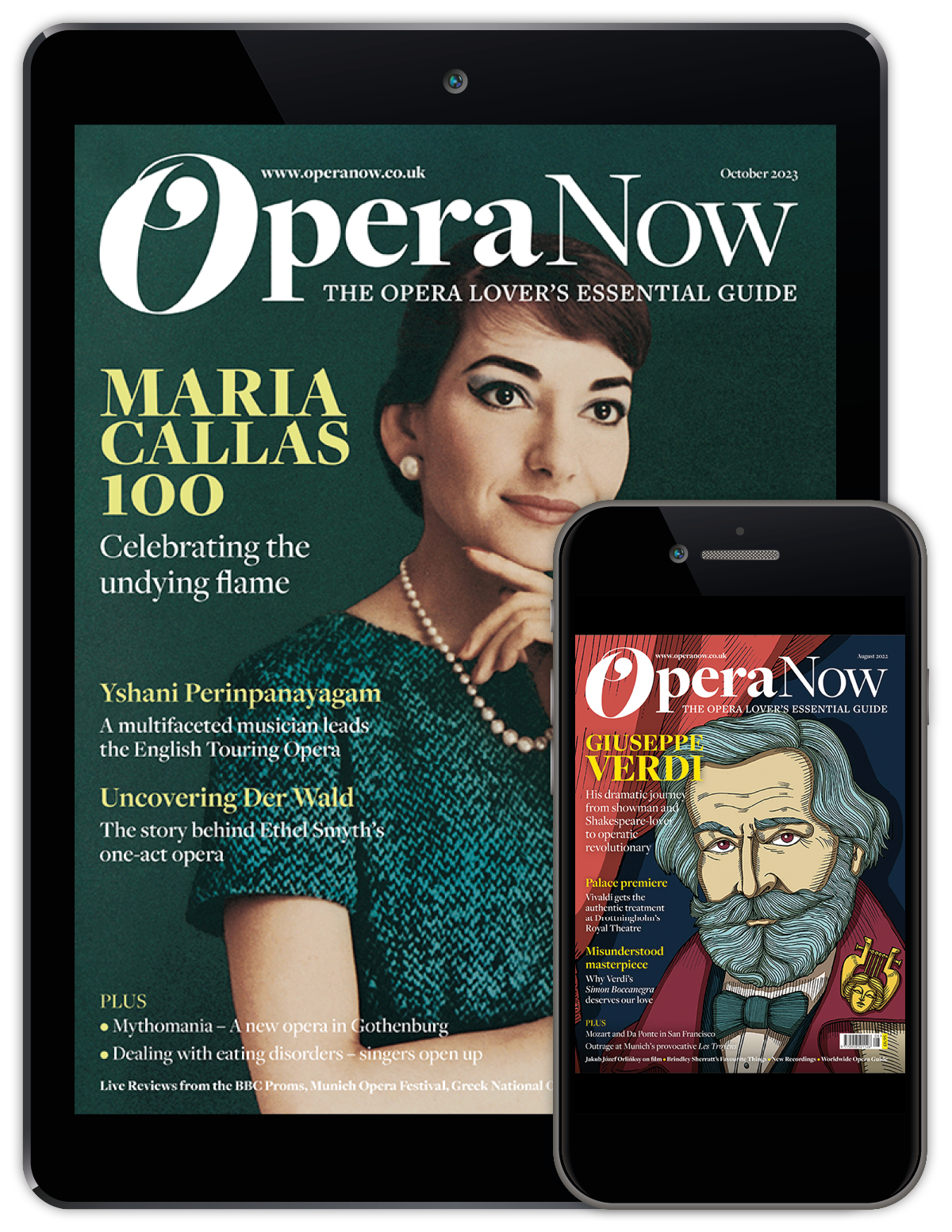Britten's Curlew River: How Japanese Noh theatre inspired a modern opera masterpiece
Holly Baker
Friday, November 15, 2024
Exploring the history of Britten's Curlew River as a film of the work from June's Aldeburgh Festival is released
Register now to continue reading
This article is from Opera Now. Register today to enjoy our dedicated coverage of the world of opera, including:
- Free access to 3 subscriber-only articles per month
- Unlimited access to Opera Now's news pages
- Monthly newsletter







